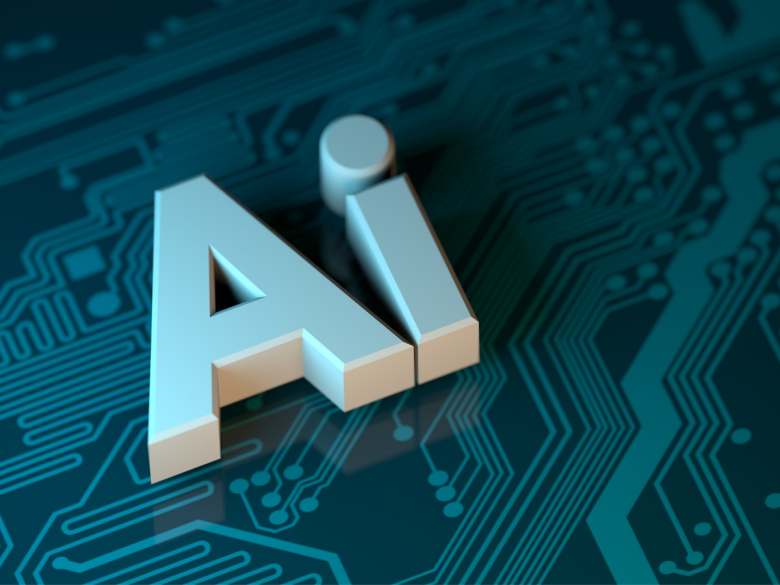
Artificial intelligence technologies have revolutionized music composition, making composition accessible to everyone. Modern ai beat maker tools have transformed the music production landscape by removing technical barriers and opening new creative possibilities. These technologies use sophisticated algorithms and neural networks to analyze musical patterns and generate original compositions based on user preferences and inputs. AI music generation provides distinct advantages over traditional music creation methods. From speed and efficiency to unexpected creative inspiration, these tools change how we think about making music. Let’s explore the key benefits that make AI music generation a valuable resource for creators at all levels.
Time efficiency
- Instant results – AI music generators can produce complete, ready-to-use compositions in seconds or minutes, compared to the hours or days required for manual composition
- Quick iteration – Musicians generate multiple versions of a track rapidly, allowing for immediate comparison and refinement
- Deadline-friendly workflow – Content creators facing tight schedules can produce quality music without compromising on delivery timelines
- Reduced technical overhead – The time typically spent on recording, mixing, and mastering is substantially decreased as AI handles these aspects automatically
The speed advantage doesn’t just save time; it fundamentally changes the creative workflow. Creators experiment with diverse musical ideas in a session that traditionally requires weeks of work.
Creative exploration
AI music generation excels at breaking creative blocks by suggesting novel musical combinations that might not occur to human composers. This inspiration often leads artists in unexpected directions, expanding their musical vocabulary and pushing boundaries. The technology blends genre characteristics to create fresh sounds while maintaining musical coherence. Many composers report that AI-generated elements help them overcome habitual patterns and predictable tendencies in their work.
Democratizing music creation
- No technical prerequisites – Creating music no longer requires years of musical training or theory knowledge
- Affordable alternatives – Professional-quality music production becomes possible without expensive studio equipment
- Disability accommodation – People with physical limitations that prevent traditional instrument playing can express musical ideas
- Lowered learning curve – Complex concepts like harmony and arrangement become accessible through intuitive interfaces
This democratization effect makes music creation available to entirely new groups of people who previously could only consume music rather than create it.
Production quality
AI music generators consistently produce technically polished output with balanced mixing, appropriate EQ, and professional-sounding instrumentation. The technology ensures that tempo consistency, tuning, and timing precision meet industry standards. The resulting tracks often achieve a level of production quality that would otherwise require professional studio facilities and experienced engineers. This high baseline quality enables independent creators to compete with professionally produced content without a substantial financial investment.
Personalization possibilities
Modern AI music systems allow for detailed customization of generated compositions. Users can specify parameters like mood, energy level, instrumentation, and structure to align the output with their creative vision. This adaptability makes AI-generated music suitable for particular use cases, such as creating a soundtrack that perfectly matches the emotional arc of a video or designing audio branding that precisely communicates a company’s values. The flexibility extends to adaptation capabilities, where existing compositions can be modified to fit different contexts without starting from scratch.
New collaborative workflows
AI music generation tools fundamentally reshape creation, establishing new relationships between human creativity and machine capabilities. Rather than replacing musicians, these technologies serve as creative partners that handle technical aspects while humans direct the emotional and artistic elements. This partnership creates opportunities for people from diverse backgrounds to collaborate on music projects, with AI bridging gaps in technical knowledge or specialized skills. The result is a more inclusive creative process combining human artistry’s best aspects with computational efficiency.
